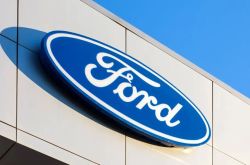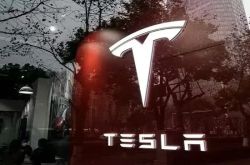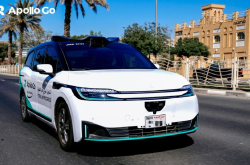Mazda 6, Ends Production in 2025
![]() 03/11 2025
03/11 2025
![]() 594
594
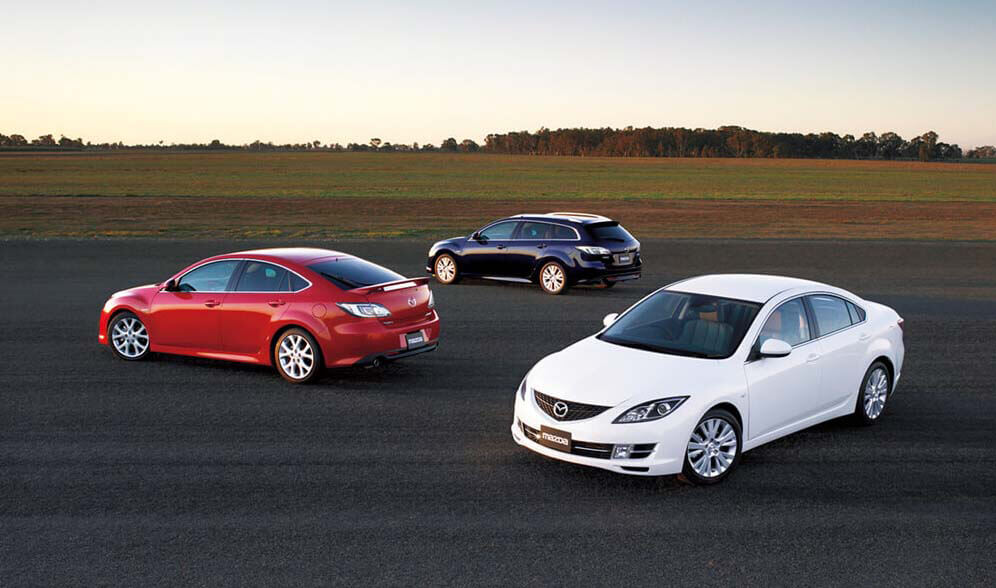
Navigating Between Profit and Survival
Author|Wang Lei
Editor|Qin Zhangyong
Every classic has its twilight.
Mazda has officially announced the cessation of global production for the Mazda 6. Production in Japan ended last December, and overseas production will halt as parts supplies deplete.
Notably, Ford Motor Company simultaneously announced the cessation of Focus production at its Saarlouis plant in Germany, effective November.
With the end of Focus and Mazda 6 production, a generation of iconic models draws to a close. These two vehicles, which once defined the golden age of family sedans, are now stepping into the shadows of automotive history.
These successive announcements, seemingly unrelated, hint at a deeper message:
The automotive industry's pace of change is relentless. As electrification and intelligence advance, models that once symbolized traditional fuel vehicle companies' pride will inevitably fade away.
01 The Glorious Journey of the "Mazda 6"
As Mazda's former flagship, the Mazda 6 debuted in Japan in 2002 under the name ATENZA (Mazda Atenza), boasting a 23-year history.
From its inception, this car shone brightly. Despite being part of the American Ford Motor Company and amidst a declining sedan market, Mazda invested in upgraded engines and chassis, aiming to outperform European high-end sedans with its product strength.
ATENZA became the first model to embody Mazda's "Zoom-Zoom" driving philosophy. In an era dominated by conformity in the B-segment market, the Atenza 6 carved out a niche for individuality and expression.
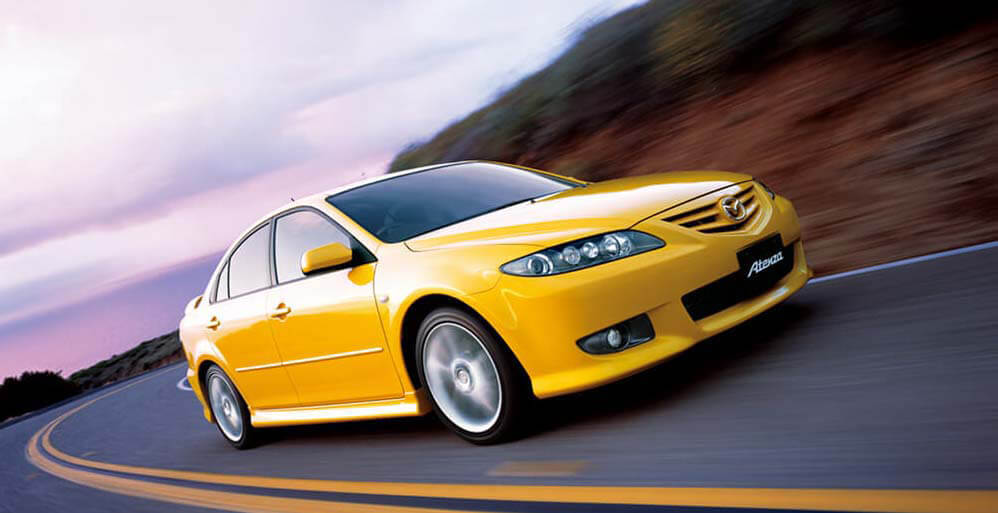
Cars like the Accord and Passat were business-oriented, often featuring uniform black bodies and wood trim.
However, the Mazda 6 stood out from its market competitors right from its design. While others opted for stability, Mazda 6 embraced curves.
Its unique double A-arm front suspension and multi-link rear suspension, combined with precise steering feedback, allowed this family sedan to drift gracefully on racetracks, earning it the nickname "King of Corners".
It remains a classic. The American magazine "Men's Journal" lauded Mazda's creativity, stating, "Mazda 6 is the pinnacle of design and engineering!"
In 2003, it entered the Chinese market. FAW Car Co., Ltd. introduced the Mazda 6 through technical cooperation that year. To support its production, FAW Group, FAW Car Co., Ltd., and Mazda jointly established FAW Mazda Automobile Sales Co., Ltd. in 2005.

Upon its introduction to China, it became a beloved "old Mazda 6" for a generation of Chinese. Its global sales exceeded 270,000 units at the time.
The second-generation Mazda 6 arrived in 2007, introducing the concept of "horse and rider as one." This generation debuted in the Chinese market in 2009.
Given the enduring popularity of the first-generation Mazda 6 among Chinese consumers, Mazda made the unprecedented decision to continue selling the first-generation model alongside the new one—a practice unique to China in Mazda's global market.
In 2012, the third-generation Mazda ATENZA debuted, marking the model's most glorious yet challenging era. This generation rivaled the Camry and Accord in sales in the domestic B-segment market that year.
In May 2014, FAW Mazda localized and launched the third-generation Mazda 6, naming it "Atenza" in China. The locally produced Mazda 6 shared the design of the imported ATENZA and introduced Skyactiv technology.
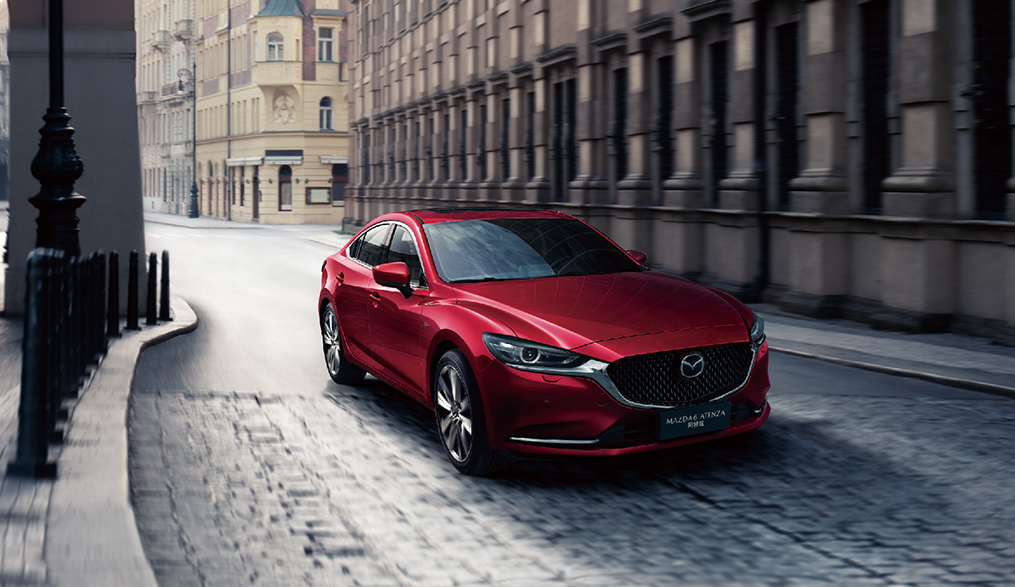
Its success was fueled by Skyactiv technology, but so was its decline. Mazda believed the improved aesthetics and fuel efficiency of the Mazda 6 would maintain its dominance and write new chapters of glory. Instead, it marked the beginning of its decline.
Mazda's obsession with naturally aspirated engines left the third-generation Mazda 6 behind in the wave of turbocharged engines. Naturally aspirated engines gradually fell behind in power performance and market adaptability, putting the Mazda 6 at a technological disadvantage.
Its former glory faded, and sales in Japan plummeted from 25,000 units in 2003 to 2,000 units in 2022.
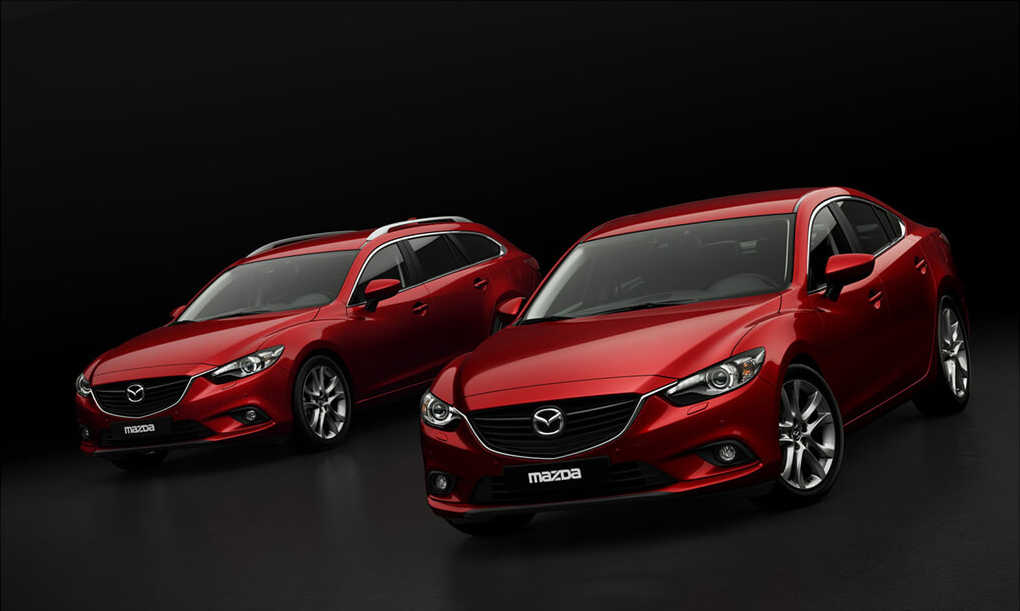
In August 2021, as FAW Mazda exited the Chinese automotive stage, Atenza ceased production and sales due to FAW Mazda's integration with Changan Mazda.
Despite its lamentable outcome, global cumulative sales of the Mazda 6 exceeded 3 million units, with the Chinese market contributing nearly one-third.
02 Survival Over Sentiment
The Mazda 6's exit is not surprising.
Amidst the electrification wave, more classic models are reaching the end of their life cycles, including the Chevrolet Camaro, Nissan GT-R, and Jaguar XF, which have ceased or will cease production by 2025.
Recently, Finn Thomassen, Ford Europe's Communications Manager, revealed in an email that production of the Focus, Ford's next-generation classic, will end in November.
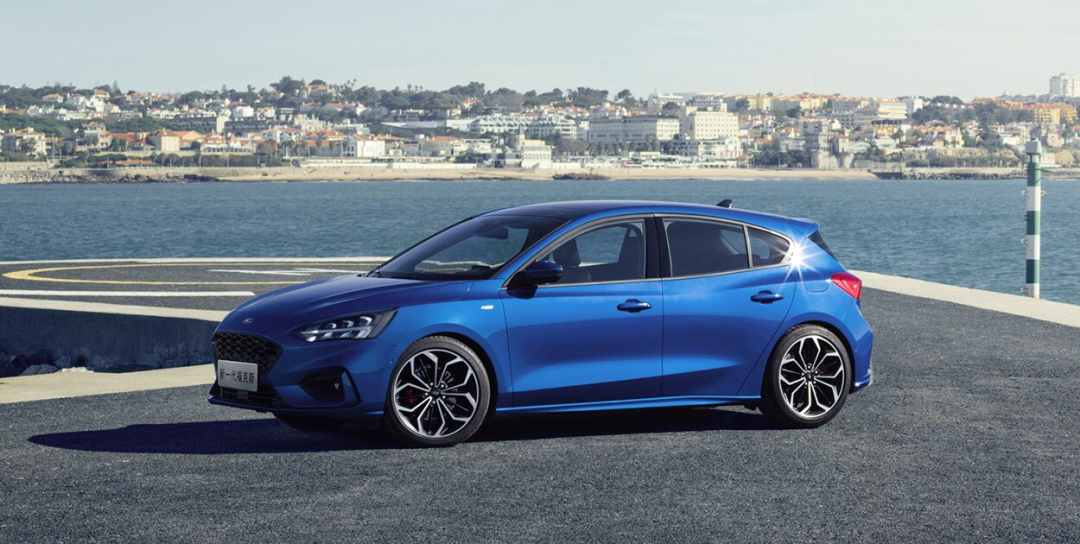
Behind these exits lies a brutal game—automakers' pursuit of "making money" versus "surviving".
As a Japanese brand, Mazda, though not as large as Toyota or Honda, has had its moments of glory in the domestic market. However, past success cannot mask current struggles, and Mazda's days in the Chinese market are becoming increasingly challenging.
In 2024, Changan Mazda's cumulative sales fell 14.71% year-on-year to 75,540 units. Mazda CX-5 led with 38,540 units, followed by Mazda 3 Axela with 29,563 units. Mazda CX-50 and Mazda CX-30 sold less than 5,000 units each, at 7,337 and 2,462 units respectively, failing to make a significant impact in the automotive market.
Mazda attempted a breakthrough with the EZ-6, a pure electric vehicle co-developed with Changan Automobile, seen as the Mazda 6's electric successor. However, this model, based on the Changan Deep Blue SL03 platform, underperformed after its October 2024 launch in China.
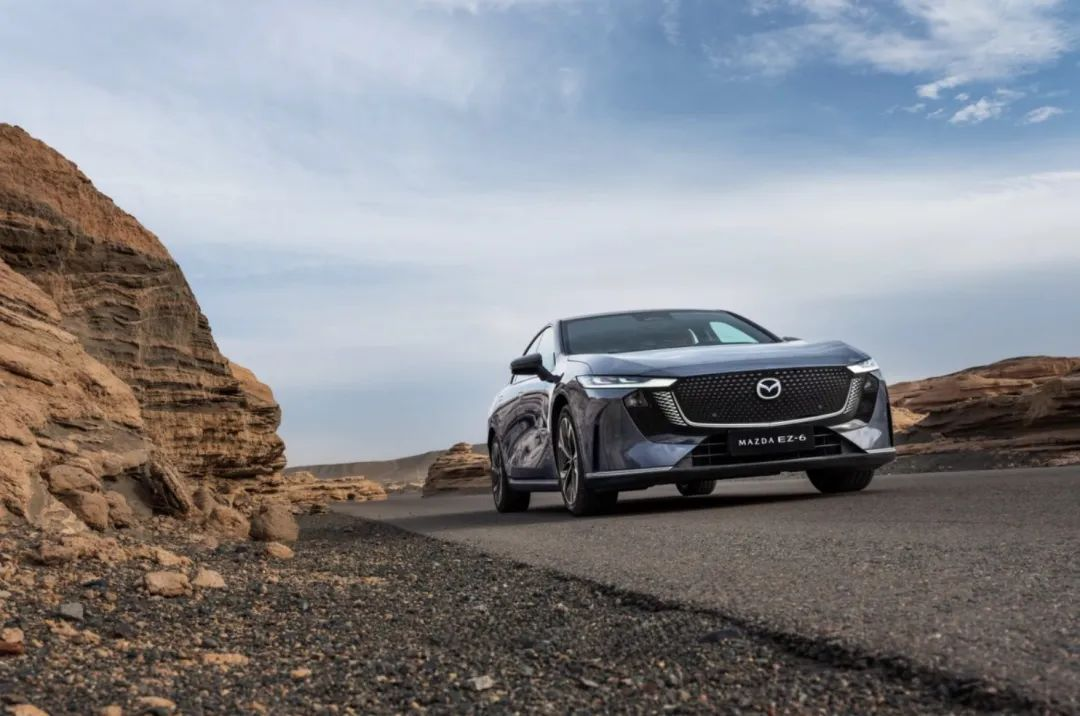
Public data shows sales of 2,445 units in November 2024, 1,017 units in December 2024, and 498 units in January 2025, marking a "three-month decline." Many netizens deemed the EZ-6 a rebadged Deep Blue SL03, criticizing it as "form over substance" with significantly reduced brand value.
Amidst the current wave of new energy vehicles, traditional automakers must transition. For instance, Mazda's Hiroshima plant, where the Mazda 6 was produced, has been transformed to manufacture pure electric vehicles.
In Mazda's future product lineup, SUVs and crossovers will account for over 70%. Mazda President Mao Long Shenghong views "concentrating resources on high-profit models" as a matter of survival.
Similarly, the classic Ford Focus, launched in 1998, once set the benchmark in the European compact sedan market.
In 2010, global annual sales of the second-generation model exceeded 1 million units. After the third-generation model was locally produced in China in 2016, the Chinese market contributed 30% of global sales, making it a first car for many families.
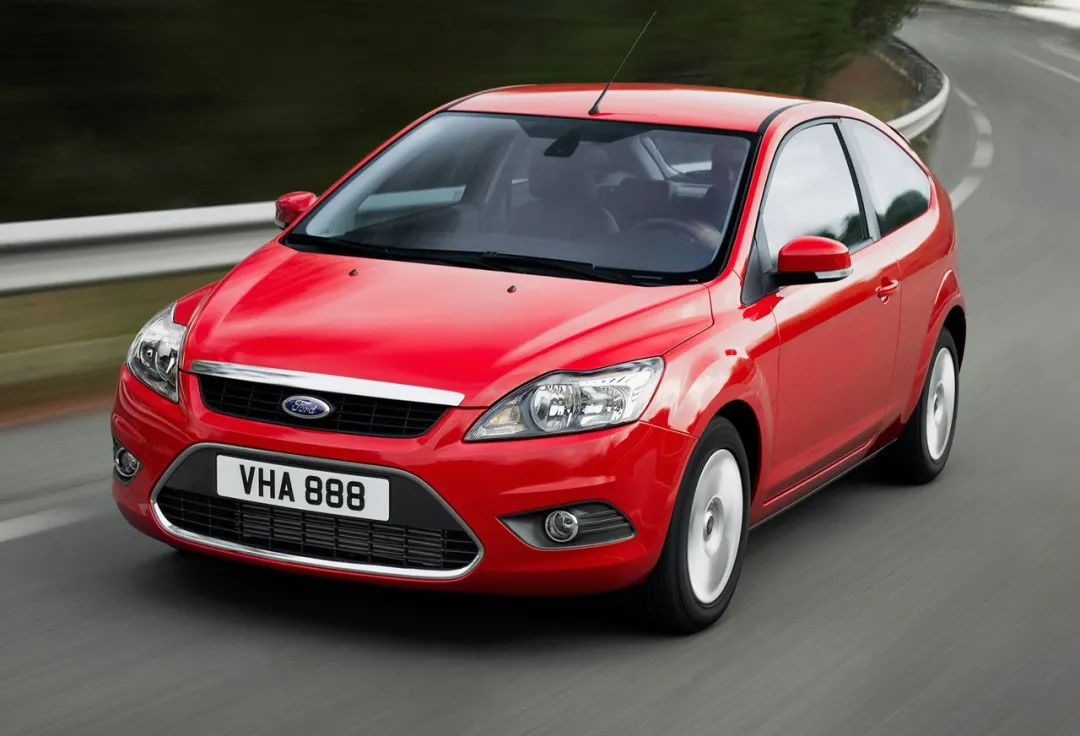
However, the 2018 fourth-generation model marked a turning point. The combination of a three-cylinder engine and a dry dual-clutch transmission sparked numerous quality complaints, leading to a decline in its North American market share from 5.2% in 2017 to 1.8% in 2023. Even after reverting to a four-cylinder engine, consumers remained uninterested.
Affected by this, Ford's European financial report revealed that the Focus's profit margin in 2024 was only 2.3%, far lower than the F-150 Raptor's 18.7%. Of Ford's global net profit in 2024, F-Series pickup trucks contributed 67%, while the sedan business has been loss-making for five consecutive years.
Ultimately, Ford CEO Jim Farley decided that low-profit models could not sustain R&D investments. It was time to bid farewell to "boring cars" and focus on electric pickups. In the Q4 2024 conference call, he stated that future resources would be directed towards electric pickup and high-end off-road vehicle development.
For automakers, ceasing car model production is straightforward, but balancing brand assets and transformation efficiency requires careful consideration.
Volkswagen's ID.3 took three years to fill the market gap left by reduced Golf production. General Motors' decision to cut the Bolt model delayed its electrification process by at least 18 months.
For Ford and Mazda, embracing the transition to electrification is paramount.

